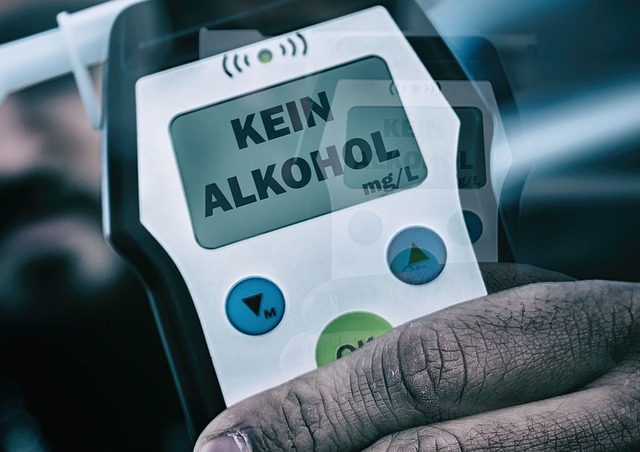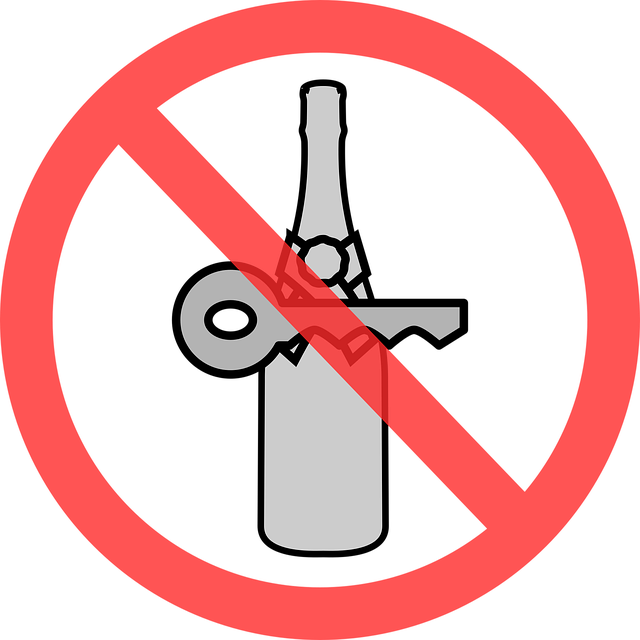Rural communities face unique challenges in DUI prevention due to limited transportation, higher alcohol consumption rates, and thin police forces. Technological solutions like advanced driver monitoring systems, real-time BAC tracking, data analytics, mobile apps for responsible drinking, and reporting impaired drivers are crucial. These innovations empower citizens and law enforcement to target high-risk areas and individuals, enhancing rural community DUI prevention efforts. Tech-driven digital transformation streamlines legal processes, making the legal framework more responsive to rural communities' needs. In areas with limited resources, advanced sensors and data analytics offer a promising approach for effective, sustainable DUI prevention.
In the realm of rural community safety, addressing DUI prevention presents unique challenges. This article explores how technology serves as a powerful tool to future-proof legal systems, specifically focusing on the context of Rural Community DUI Prevention. By delving into understanding these challenges, we uncover innovative tech solutions that drive effective and sustainable change. Discover how digital advancements can revolutionize rural DUI enforcement, ensuring safer communities for all.
- Understanding Rural Community DUI Prevention Challenges
- The Role of Technology in Future-Proofing Legal Systems
- Implementing Tech Solutions for Effective and Sustainable Change
Understanding Rural Community DUI Prevention Challenges

In rural communities, DUI (Driving Under the Influence) prevention presents unique challenges distinct from urban areas. Limited access to public transportation and higher rates of alcohol consumption in secluded settings can exacerbate the problem. Enforcement efforts often face obstacles due to vast territories and thin police forces, making it difficult to patrol and deter impaired driving effectively.
Technological solutions play a pivotal role in addressing these rural community DUI prevention challenges. Innovative tools like advanced driver monitoring systems, real-time blood alcohol content (BAC) tracking, and enhanced data analytics can aid law enforcement agencies in targeting high-risk areas and individuals. Additionally, mobile apps promoting responsible drinking and reporting impaired drivers can empower citizens to actively participate in road safety initiatives.
The Role of Technology in Future-Proofing Legal Systems

In today’s digital age, technology plays a pivotal role in future-proofing legal systems, especially in addressing pressing issues like Rural Community DUI (Drunk Driving Under Influence) prevention. Advanced tech solutions offer innovative ways to enhance law enforcement capabilities and public safety measures. For instance, implementing real-time data analytics can help identify patterns and hotspots for DUI incidents in rural areas, enabling targeted resource allocation and proactive interventions.
Moreover, technology facilitates the digital transformation of legal processes, making them more efficient and accessible. Online platforms and mobile apps can streamline reporting, licensing, and compliance procedures, ensuring that both law enforcement agencies and citizens stay updated with changing regulations. This not only improves DUI prevention efforts but also strengthens the overall legal framework, keeping pace with evolving societal needs in rural communities.
Implementing Tech Solutions for Effective and Sustainable Change

In rural communities, where resources can be limited and traditional law enforcement methods face unique challenges, implementing tech solutions offers a promising path for effective and sustainable change in DUI (Driving Under the Influence) prevention. By utilizing cutting-edge technology, such as advanced sensor systems and data analytics, authorities can proactively monitor high-risk areas and identify patterns indicative of impaired driving. For instance, remote sensors deployed along highways can detect unusual vehicle behavior, triggering alerts to nearby law enforcement for swift intervention.
These technological interventions not only enhance the efficiency of DUI prevention efforts but also contribute to community safety on a larger scale. By integrating artificial intelligence algorithms, rural communities can predict and mitigate potential DUI incidents, ensuring that limited resources are allocated wisely. This data-driven approach allows for targeted initiatives, such as increased patrols during high-risk periods or community education programs, ultimately fostering a culture of responsible driving and saving lives in the process.
In addressing Rural Community DUI Prevention challenges, leveraging technology is no longer an option but a necessity. The role of tech solutions in future-proofing legal systems has become paramount, offering sustainable and effective change. By implementing these innovative tools, we can enhance rural community safety, improve legal accessibility, and create a more robust framework for justice. This transformative journey demands strategic adoption, continuous evaluation, and collaboration between legal professionals, technology experts, and community stakeholders to ensure the best outcomes for all.






